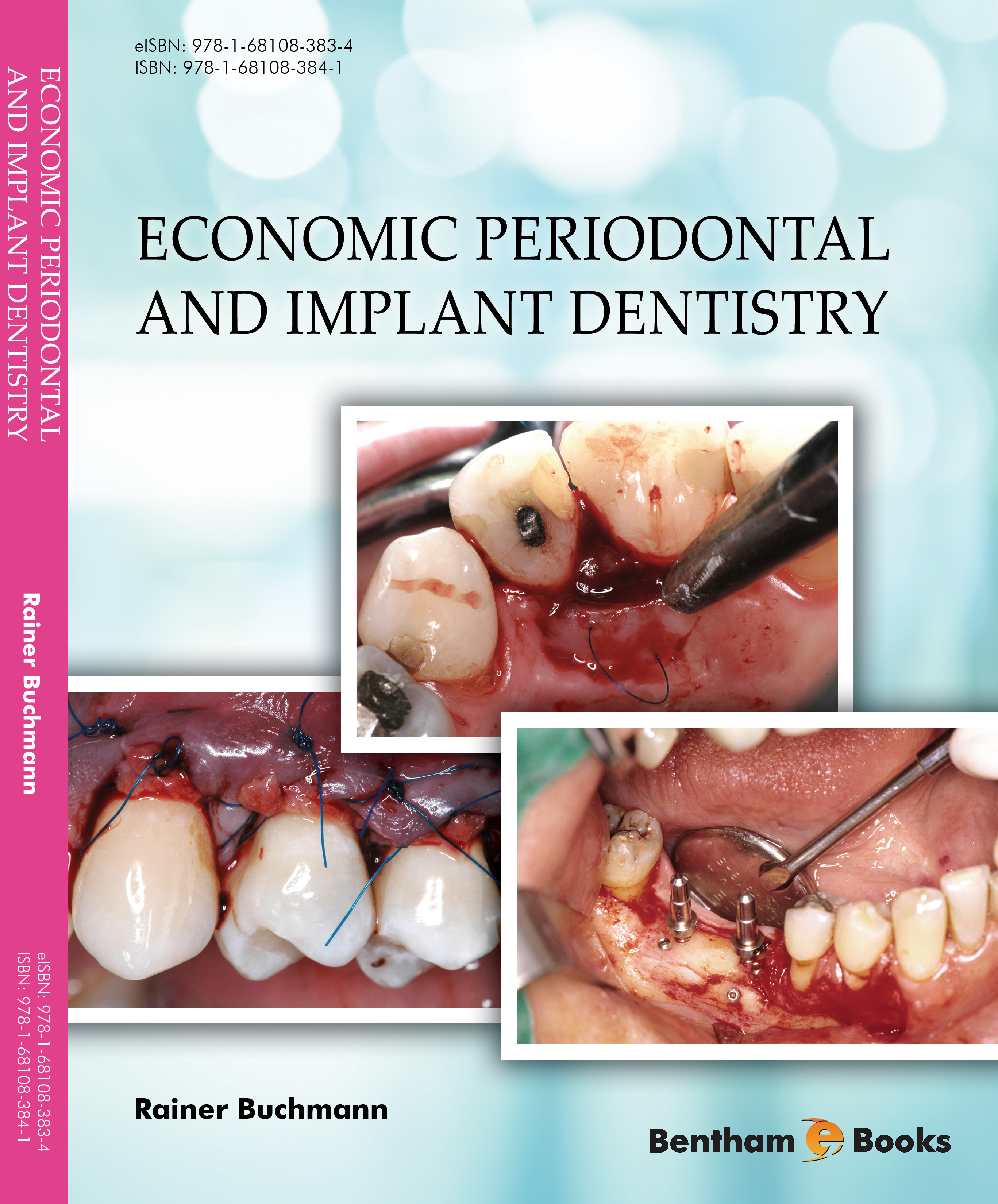Continuing education is important to the dental profession. It allows the patient to participate in medical progress, supports the economics of the practice and ensures our well-being. The dentist is an expert on oral health, comfort and esthetics. More than ever, dentistry as it is practiced today is facing innovations from practice, academy and industry. No other discipline in dental, oral and maxillofacial surgery is subject of more exciting developments than periodontal and implant dentistry. Industrial innovations, scientific discoveries and the close relationship between medicine, periodontics and implantology affect the dental approach to diagnosis and treatment planning. Due to the variety of today's treatment concepts, patients advocate a cost-benefit treatment plan with trust, transparency and safeness in realization.
The versatility of modern dentistry can be maintained only by further education and specialization of particularly committed dentists. The changed economic situation has increased the number of dental partnerships with special emphasis on profitable treatment protocols, especially implant therapy.
Current medical and dental treatment plans follow generally accepted health care standards. The health benefits of periodontal theray encompass the control of organ-induced inflammation, the stabilization of body protection zones and the reduction of premature vascular aging. Future services in dental offices comprise the promotion of periodontal health as part of the improvement of general health, micro-incision surgery, implant therapy, cosmetic gum surgery and esthetics with ceramic restorations. Improved 3D-diagnostic care, micro-incision surgery, microscopic protocols and the use of lasers or sound preparations are supported by industry and will expand further. The initation of biological processes with biomimetically active factors, the enamel matrix proteins, and tissue regeneration by the combination of cells, matrix and biologically active factors, the tissue engineering, are advocated for specific applications. Genetically engineered growth and differentiation factors, the recombinant human BMPs, are approved in Europe and the USA for a range of orthopedic and surgical indications.
Contemporary periodontal and implant treatment require a medical approach to oral diseases. A convenient treatment duration, uncompromised healing and esthetics represent the hallmarks of today's perio-implant care. Micro-incison surgery promotes the predictability of bone and soft tissue augmentation in periodontal and implant therapy. The treatment of recession type defects by soft tissue grafts and regenerative protocols are promising offers. In the reduced dentition, implant therapy following periodontal care is challenging. Management of periodontal risk patients, bad breath and the treatment of peri-implant disease are emerging areas requiring special management skills.
These developments fostered the idea of writing a manual primarily for dental professionals in private practice. Students needing to work through textbooks and specialists focusing on special literature may also benefit from this textbook. It makes an important contribution towards helping dental professionals to treat their patients systematically and contemporarily without need for time- and cost-intensive periodontal and implant training. There is fast growing evidence from medical health care that periodontal therapy enhances body health, followed by a prolonged survival of implant restorations.
The manual is divided into the three keystones (i) principles, (ii) diagnosis and (iii) treatment of periodontal diseases with focus on implant therapy. The fundamentals are presented as an update of university knowledge. Diagnosis and treatment are focused on clinical relevance and economics to meet the needs of the practicing dentist. Readers are provided with a comprehensive collection of expertise relevant to contempory periodontal and implant therapy.
Key elements of the present application result from the german textbook “Patientengerechte Parodontologie”, Georg Thieme Publishers KG, Stuttgart 2011. Valuable experiences and suggestions derived from long-standing collaboration with D.E. Lange, Munster, Germany. T.E. Van Dyke and C.N. Serhan, Boston, USA, expanded specialized knowledge in medicine and periodontology included in this book. I am grateful to F. Khoury, Oslberg, and G. Kochhan, Düsseldorf, Germany, for their recommendations on implant therapy. With K. Müterthies, Gütersloh, Germany, a defensive approach to natural esthetics following periodontal care was established. I am grateful to M. Hashmi for her comprehensive support in the realization of this project.
Rainer Buchmann
Dusseldorf
Germany
June 2016

